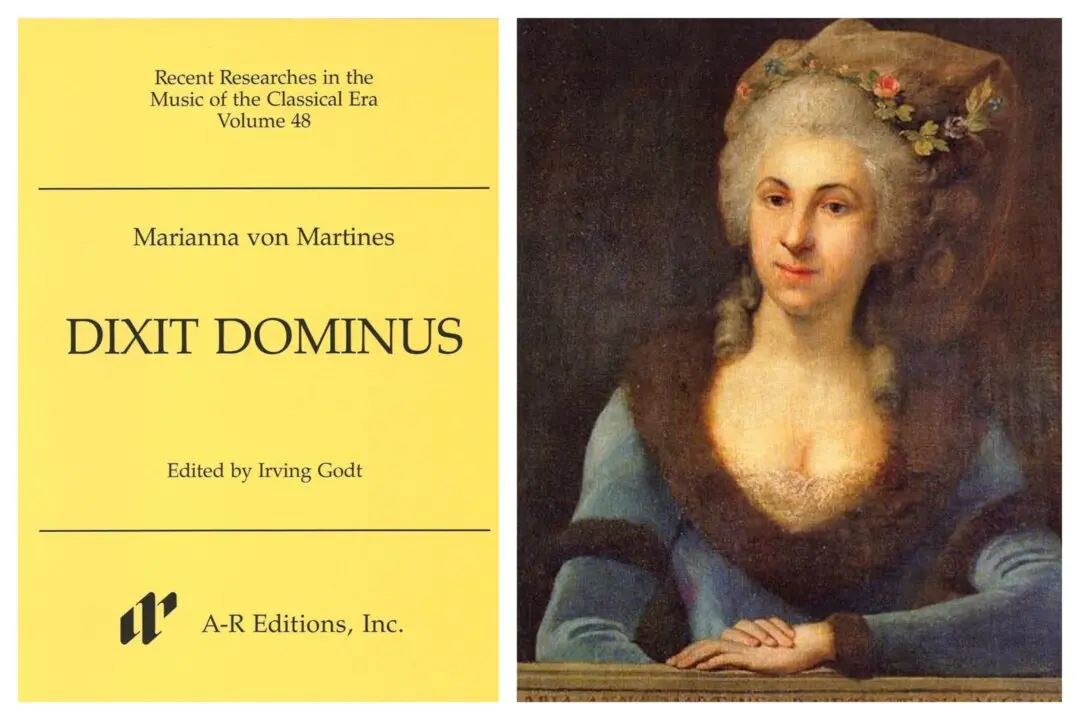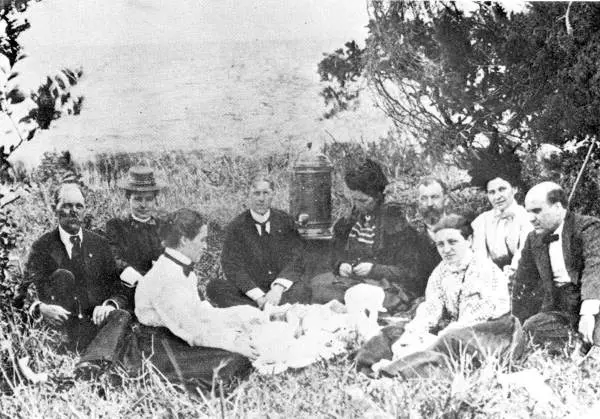From Buddhist and Jain monks to Sufi mystics, all religions recognize common traits of holiness. Self-denial, patience, humility, and gentleness are a few that come to mind. During the Middle Ages, European civilization embodied this ideal in the status it accorded members of monastic disciplines. To the medieval mind, monks and nuns fulfilled an immensely practical purpose: to perform charitable works and pray for humanity.
One of the greatest of these figures was Hildegard of Bingen. Her writings, surprisingly, don’t embrace the stereotypical dichotomy that contrasts the profound but dour ascetic with the cheerful, shallow hedonist. Life, for her, wasn’t just a trial of endurance, but a source of beauty and delight.





